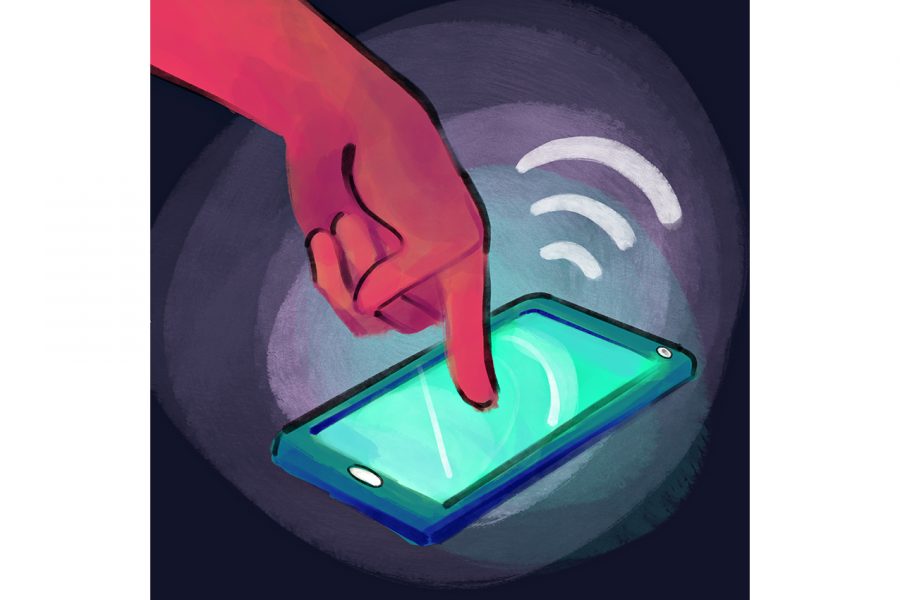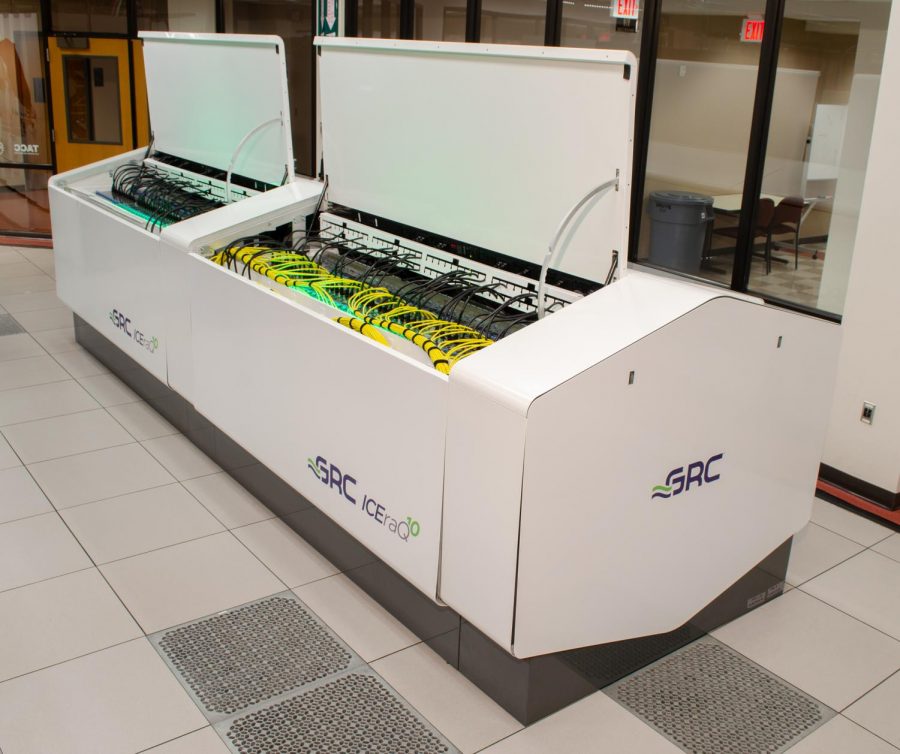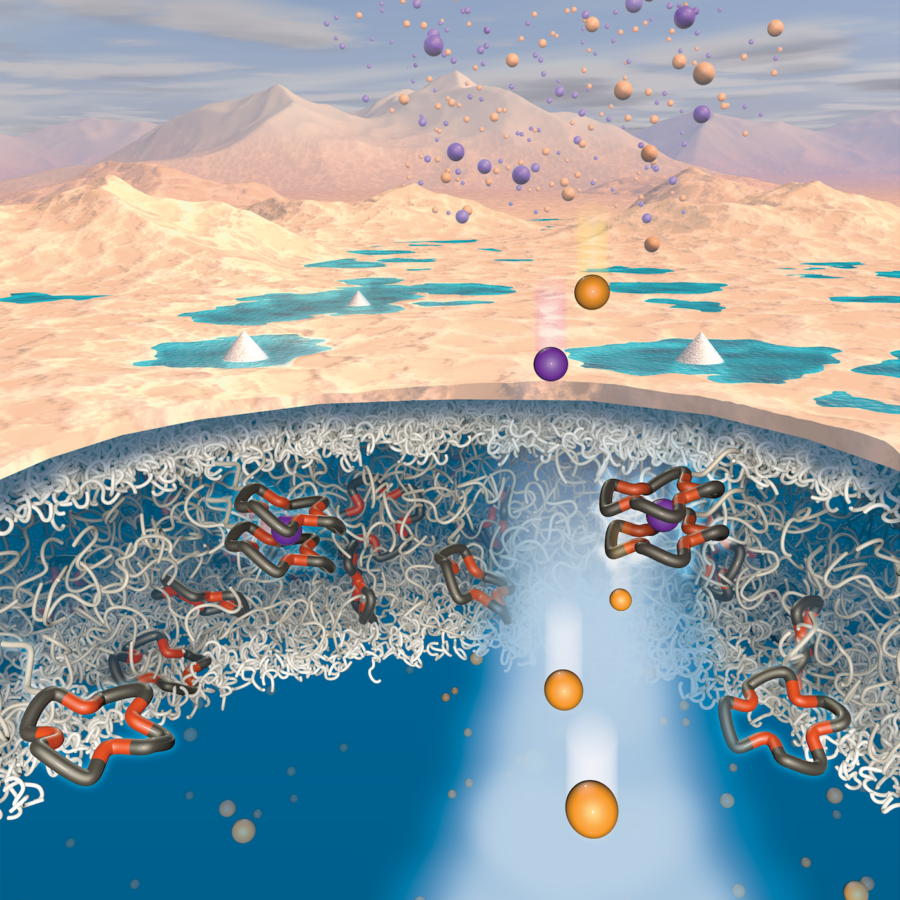Force sense technology describes the pressure-sensing capability of touchscreen displays, and you might have heard about it in regards to Apple’s relatively new Force Touch and 3D Touch technologies. UT researchers have been working with UC-San Diego researchers to investigate new materials that can improve it.
“This force sensing technology enables measurement of the different levels of force that are applied to an object over a wide range of forces,” Shadi Dayeh, associate professor of electrical and computer engineering at UC-San Diego and a part of the team that worked on the touchscreen array, said.
Currently, touchscreen technologies can predict whether or not force is applied as well as measure only double to quadruple levels of force intensity, Dayeh said. It’s critical to be able to know how much pressure is being applied to a device in certain software or hardware applications.
“Take, for example, robotic arms where the force exerted in grabbing objects should be tuned by feedback on the level of forces that are already being applied to the object,” Dayeh said. “This type of feedback from the force sensing technology results in better performing closed loop systems.”
Other instances in which this is important is in instruments that are tuned by touch, or even in gaming applications where variables like force, speed and acceleration should be adjusted with fine control, Dayeh said.
To improve this sensitivity, the researchers used zinc oxide as part of the touchscreen’s material. Zinc oxide is deposited in a thin layer on a surface, such as glass, to which pressure is applied. Edward Yu, electrical and computer engineering professor at UT and a member of the team, said that because of an effect known as piezoelectricity, this causes the material to compress a little bit, leading to a generation of a voltage across it.
Yu said that in piezoelectricity, or the physical effect that allows pressure on the material to be translated into an electrical response, there are two effects: a direct and a converse effect.
The direct effect is pressing on the material to generate a voltage, and the converse of that is applying a voltage to the material to cause the material to expand or contract, Yu said. They used the converse effect to characterize the piezoelectricity of zinc oxide.
Zinc oxide has the an advantage of being able to be deposited directly onto the display platform and be more smoothly integrated into the display, Yu said.
But the researchers can’t make a direct comparison of their technology to that of Apple.
“There could be potential advantages in sensibility to pressure and in quantifying pressure, but I don’t know enough about the performance details at that level of something like 3D Touch to be able to make a good comparison,” Yu said.
The researchers are optimistic about their work.
“What I have found to be most rewarding about research in this field is partly the intellectual satisfaction of understanding something new, about nature and about the world,” Yu said. “But it’s especially rewarding when that understanding can be translated into a device application that has practical implications that will be beneficial for society in some broad sense.”
Yu said he thinks that goes for his students as well. Dayeh was one of Yu’s former graduate students and reached out to Yu to collaborate on this project.
“When the students have the opportunity to participate in these kinds of projects and learn about things that are relevant to them, that helps them to go out into their own careers and essentially do the same sorts of things,” Yu said. “Seeing students go out and do that and be successful is extremely rewarding.”





















